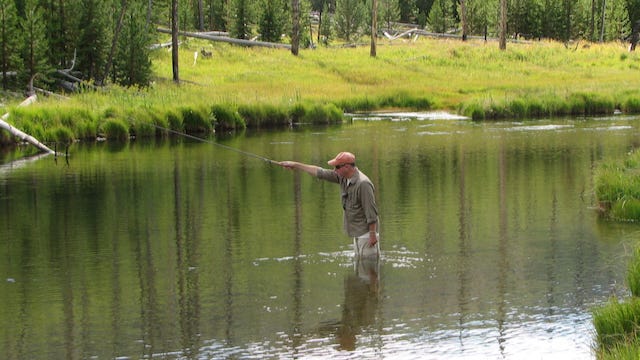Kris Milgate, writing in Cool Green Science, has an informative article, “How Did Yellowstone’s Massive Flood Affect Fish?” that shines a light on the resilience of the Yellowstone River and the fish who inhabit it, one year after the 500-year flood event.
“The 500-year flood came from nearly ten inches of rain and snowmelt in 24 hours. It was humanity at nature’s mercy as highways crumbled, buildings sunk and people evacuated. During the peak of the park’s wash away, panic ruled then the water dropped and worry set in,” writes Milgate.
Milgate draws on knowledge gained from the aftermath of the 1997 flood on the Snake River in nearby Idaho to explain the flood’s impact and what we can learn from prior catastrophic flood events.
“Fish were in the watershed long before us, and long before dams. Fish evolved with flooding. Flooding is part of the planet’s natural cycle, a necessity in many cases for proper function.”
What’s the outlook on the Yellowstone today? Milgate asked Todd Koel, Yellowstone National Park native fish conservation program leader.
“Some of your favorite fishing spots are gone or look different than they did before, and fish densities were down after the flood, but the condition of the cutthroats was amazing. They’re healthy, chunky fish.”
There is no question the Yellowstone will look different, but for the fish, maybe that’s a good thing.
Read “How Did Yellowstone’s Massive Flood Affect Fish?” to learn more.





That is good news and thanks for sharing it Tom
I once encountered a trout headed downstream at elevated speed after a good rain. He smiled at me and said, "I like a good tailwind."